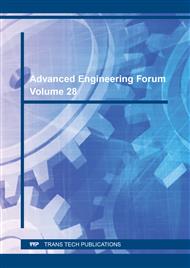p.55
p.67
p.75
p.90
p.96
p.112
p.120
p.128
p.139
Assemblage of Urban Small Parcels in Three Different Scales with the Emphasize on the Citizenship Participation, Case Study: Tehran - Iran
Abstract:
During recent years, several experiences have been executed for interfering in inefficient urban fabrics, all of them had been forced on the basis of centralized intervention approach; determining a territory as the project range, funding sources, ownership, execution, utilization, is a single process , the attribution of which could be found in several cases in the country. The important point in this regards which determines the future strategies is the performance process and method. The global examples and local experiences show that all approaches, plans and executive plans should be developed and materialized on the basis of “people participation” principle. This procedure is executable in various forms; reinforcement of existing buildings, renovation of single parcel and assemblage of small sized parcels are the methods that play important role in this process. The present paper studies different scales of “assemblage” as one of the methods of housing renovation and by using analytic hierarchy model AHP method proves that assemblage in urban block scale by citizenship participation could serve both as a tool for improving land distribution pattern, and, providing new opportunities for the city to develop. The indexes that are used in this survey were selected by literature review and attribution to several executive plan cases.
Info:
Periodical:
Pages:
112-119
Citation:
Online since:
June 2018
Keywords:
Price:
Сopyright:
© 2018 Trans Tech Publications Ltd. All Rights Reserved
Share:
Citation:


